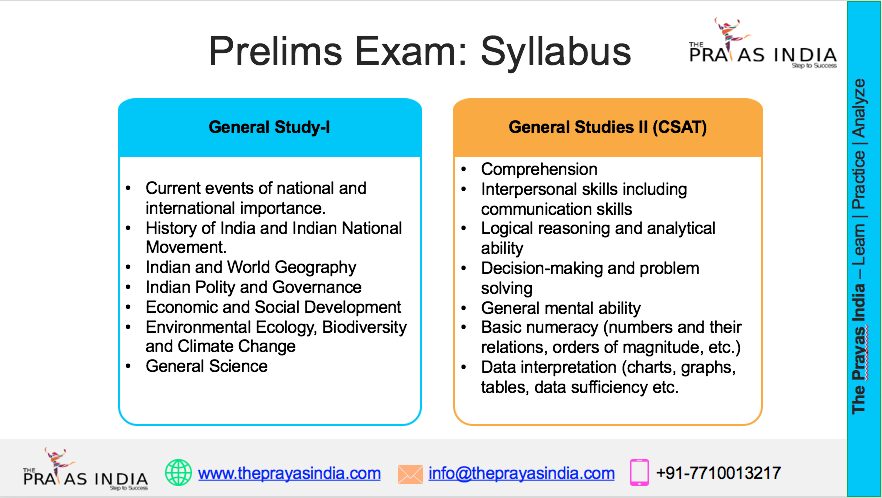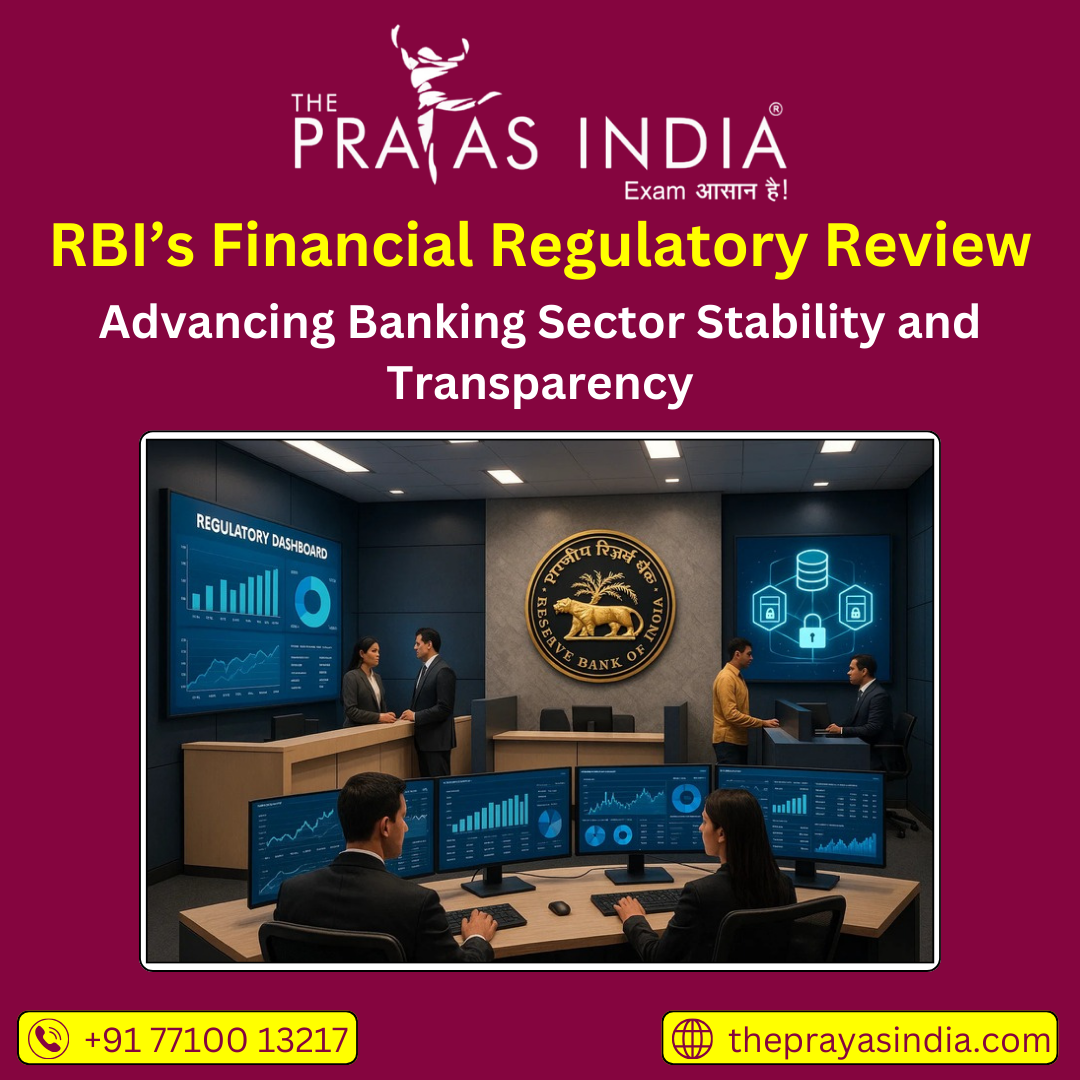India’s Push for a Multipolar World Order: A Strategic Foreign Policy Move
Introduction
India’s foreign policy has undergone a significant transformation over the last decade—from traditional non-alignment to a more pragmatic, assertive, and interest-driven global engagement. In a recent statement, External Affairs Minister Dr. S. Jaishankar reiterated India’s commitment to a fairer, multipolar global order, resisting the growing concentration of power among a few nations. This comment came amidst rising trade frictions with the United States, notably the imposition of 25% tariffs on Indian exports, and broader shifts in global power structures.
What Is a Multipolar World Order?
A multipolar world refers to an international system where multiple states or blocs hold significant power, as opposed to a unipolar (e.g., post-Cold War U.S.-led order) or bipolar (e.g., U.S.–Soviet Cold War) structure. In a multipolar world:
- Power is distributed across several major actors (e.g., U.S., China, India, EU, Russia).
- There is greater room for regional leadership and strategic autonomy.
- No single country can unilaterally dominate global governance or decision-making.
India’s call for such a system aligns with its long-standing view that global governance should reflect 21st-century realities, not 20th-century power hierarchies.
Jaishankar’s Statement: The Context
On 4th August 2025, addressing an international audience, Dr. S. Jaishankar emphasized the need for a global system that is not dominated by a few powers. His statement is being seen as a response to growing trade and strategic pressure from the United States, particularly in the context of:
- Trade tensions: The U.S. recently imposed 25% tariffs on a wide range of Indian goods, derailing momentum on the $500 billion bilateral trade target.
- Global South advocacy: India is increasingly positioning itself as a leader of the Global South, seeking reforms in multilateral institutions like the UN, WTO, and IMF.
- Energy diplomacy: India continues to buy oil from Russia despite Western sanctions, asserting strategic autonomy in foreign policy decisions.
India’s Strategic Approach to Multipolarity
India’s current foreign policy, often described as “multi-alignment”, supports strategic engagement with all powers without becoming subordinate to any. Key aspects include:
1. Strategic Autonomy
- India maintains independent positions on global issues (e.g., Russia-Ukraine conflict, Israel-Palestine).
- It avoids military alliances while engaging in multiple strategic dialogues (e.g., QUAD, BRICS, SCO).
2. Reform of Global Institutions
- India demands expansion of the UN Security Council to include emerging powers.
- Advocates for fairer trade rules, addressing inequalities in WTO frameworks and carbon trade regimes.
3. Diversified Partnerships
- Maintains strong ties with the U.S., Russia, France, Israel, and Japan simultaneously.
- Strengthens regional frameworks like BIMSTEC, IORA, and ISA to create regional resilience.
4. Technological and Economic Sovereignty
- “Make in India” and Atmanirbhar Bharat campaigns aim to reduce dependency on global supply chains dominated by China or the West.
- India is investing in critical technologies like semiconductors, AI, green hydrogen, and defense manufacturing.
Why This Matters for UPSC
This development is not just about diplomacy—it represents a civilizational assertion and strategic recalibration. For UPSC aspirants, this topic offers insights into:
▸ GS Paper 2: International Relations
- India’s position on multilateralism and global governance.
- The tension between sovereignty and interdependence in global politics.
▸ GS Paper 2: Indian Foreign Policy
- Evolution from Non-Alignment to Strategic Autonomy.
- Role in reforming multilateral institutions.
- Impact of global economic shifts on India’s diplomacy.
▸ GS Paper 3: Economy and Trade
- Trade implications of U.S. tariffs and India’s counterstrategies.
- How global power plays influence energy security, tech supply chains, and climate policy.
Criticism and Challenges
While India’s push for multipolarity is gaining traction, several challenges remain:
- Global institutions are slow to reform, and resistance from entrenched powers like the U.S. and China persists.
- Middle power diplomacy requires sustained economic strength and regional stability—India must navigate internal and neighborhood challenges.
- As the world moves toward bipolar tensions (U.S. vs China), multipolar ambitions could be hard to sustain without coalition-building and consistent global leadership.
Conclusion
India’s call for a multipolar world order is both a reflection of its civilizational identity and a strategic necessity. It seeks to democratize global governance, defend national interests, and create space for emerging economies to shape international norms. As the geopolitical center of gravity shifts, India’s ability to walk the tightrope between global powers while asserting its own vision will define its global standing in the decades to come.




![Prayas-तेजस [UPSC CSE Sociology Optional] – Online & Offline](https://theprayasindia.com/wp-content/uploads/2025/09/Prayas-तेजस-UPSC-CSE-Optional-Subject-The-Prayas-India-300x300.png)
![Prayas-सूत्र [UPSC CSE Materials (Hardcopy)]](https://theprayasindia.com/wp-content/uploads/2025/09/Prayas-सूत्र-UPSC-CSE-Study-Materials-Hardcopy-The-Prayas-India-300x300.png)
![Prayas-मंत्रा [UPSC CSE CSAT]](https://theprayasindia.com/wp-content/uploads/2025/09/Prayas-मंत्रा-UPSC-CSE-CSAT-The-Prayas-India-300x300.png)
![Prayas सारथी [UPSC CSE One on One Mentorship]](https://theprayasindia.com/wp-content/uploads/2025/09/Prayas-सारथी-UPSC-CSE-One-on-One-Mentorship-The-Prayas-India-300x300.png)










